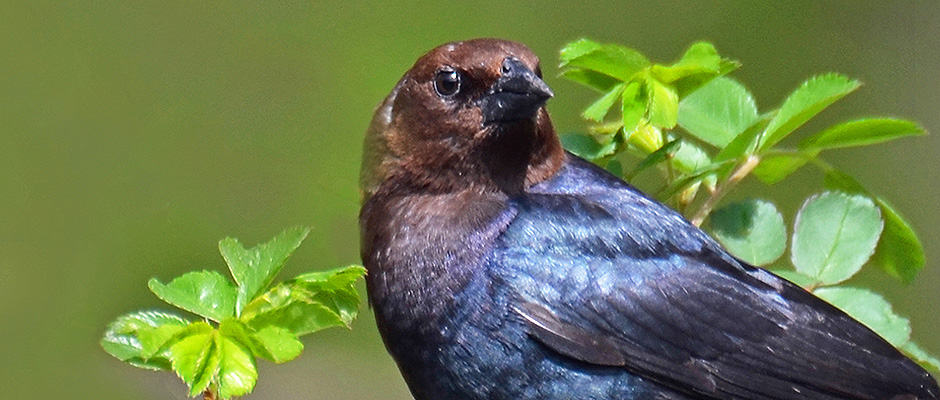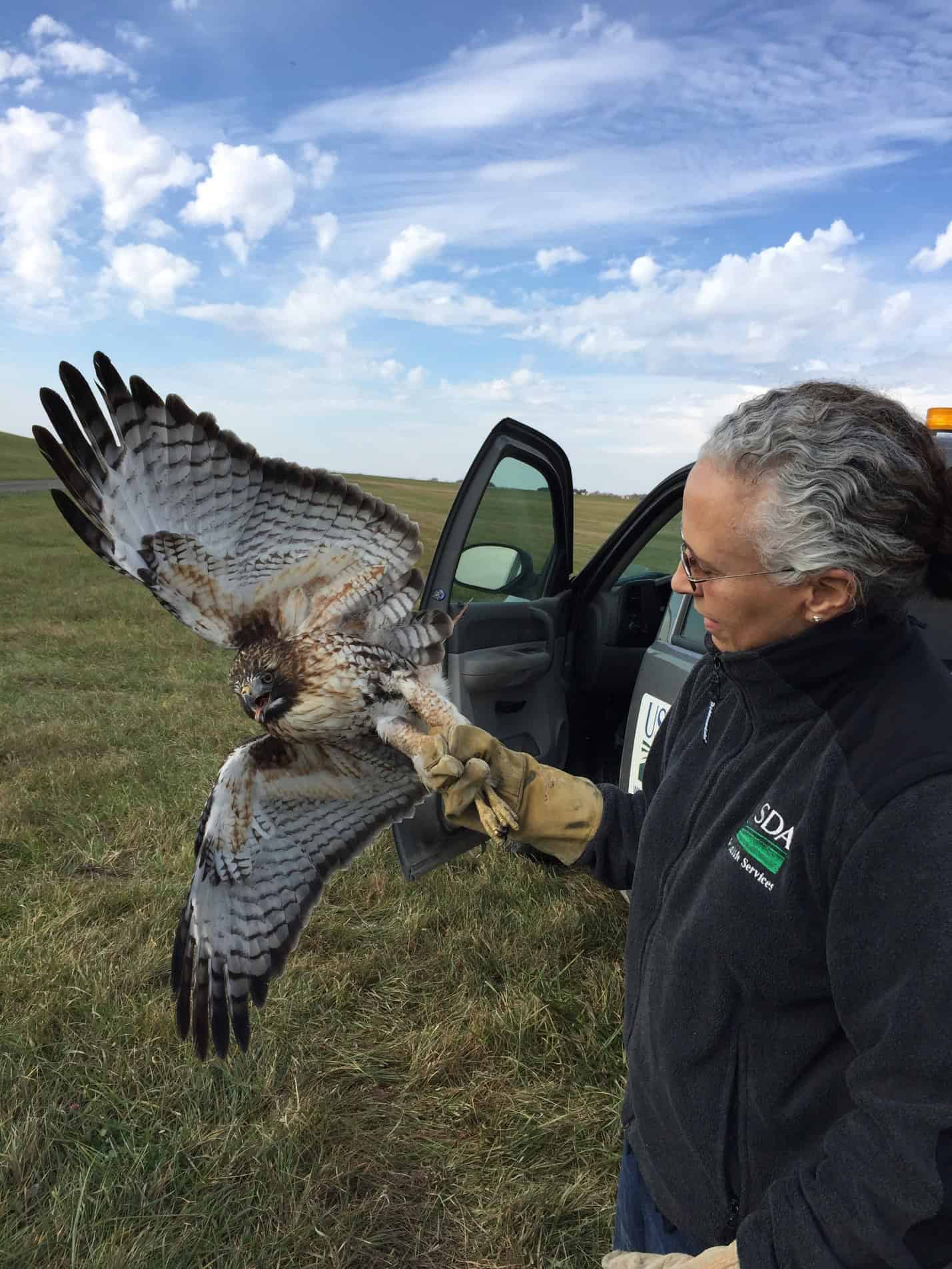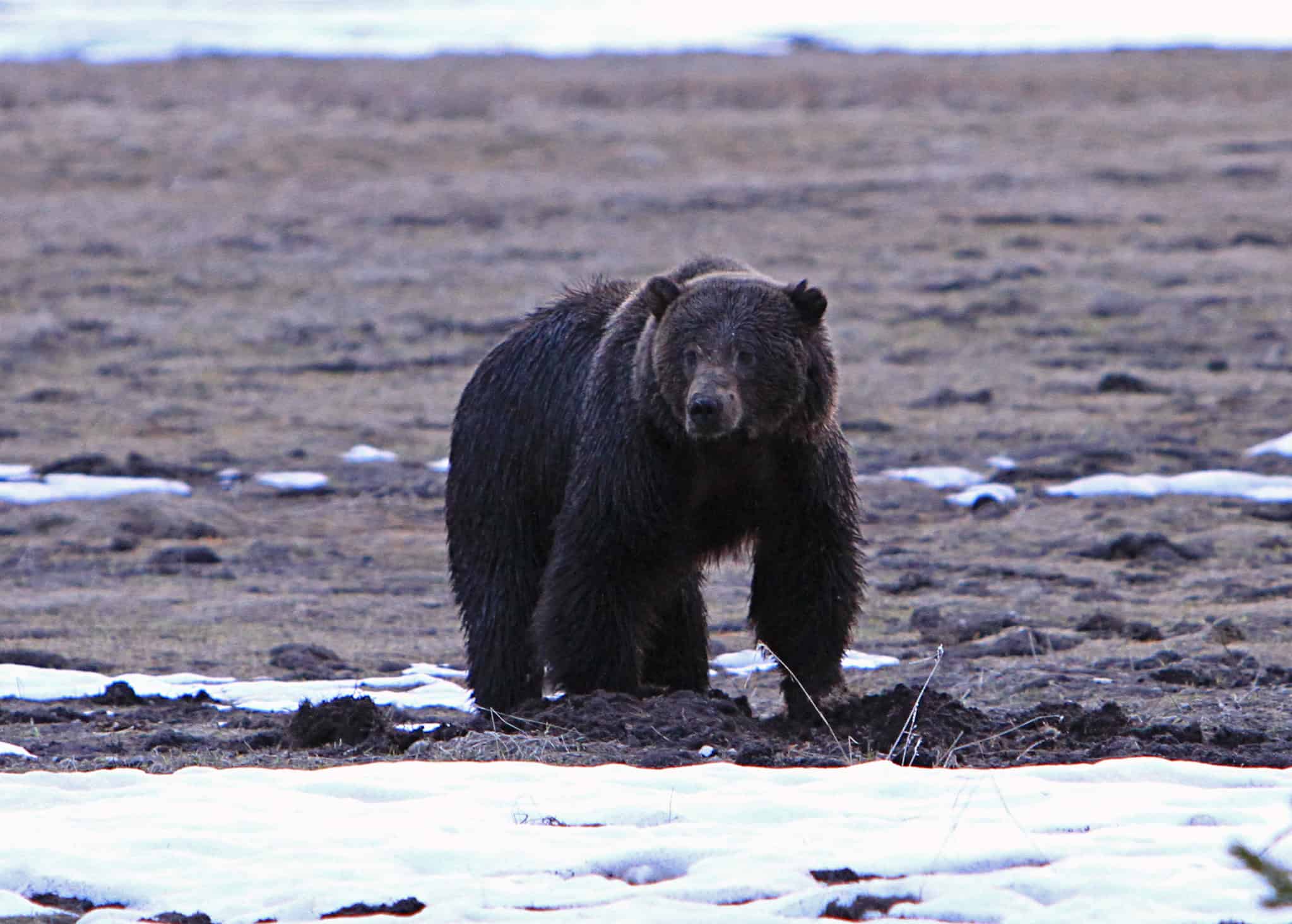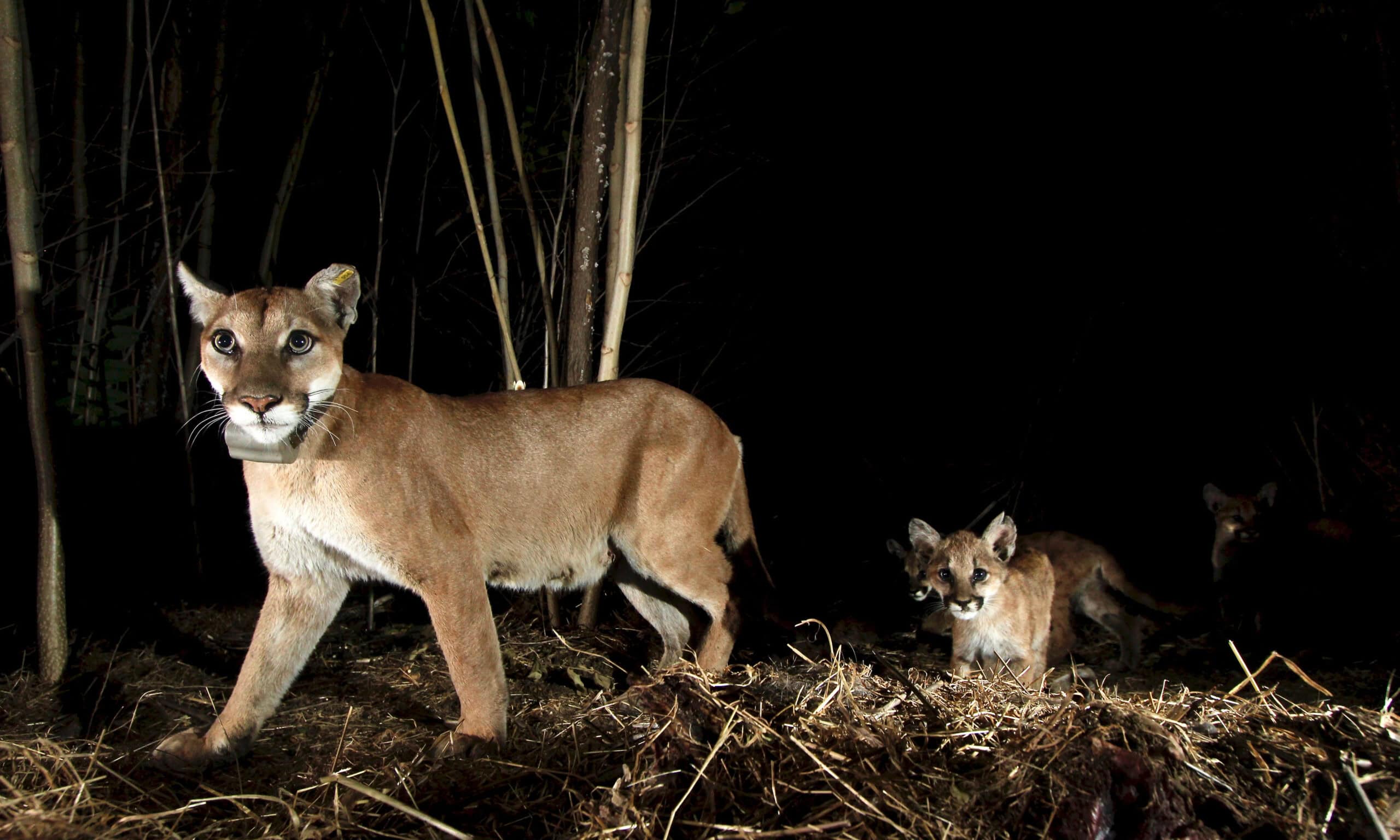Share this article
How Light Can Prevent Bird Strikes
On a cold January afternoon in 2009, a flock of Canada geese (Branta canadensis) flew into both jet engines of U.S. Airways Flight 1549 as it was flying over the Hudson River, causing the engines to fail and forcing the pilots to make an emergency water landing.
Luckily, the passengers and crew successfully evacuated the plane, but many people were left with questions about how to stop these bird-aircraft collisions or bird strikes.
“This is a complex issue because we need to use aircraft to move around, but we also want to protect the birds,” said Esteban Fernandez-Juricic, a professor of biological sciences at Purdue University and the lead author of a study that was recently published in The Condor: Ornithological Applications. “Some bird strikes are damaging and can actually take an airplane down.”
But, Fernandez-Juricic and his colleagues may have found an effective way to deter birds from colliding with aircraft. As part of the study, the researchers examined the wavelength of light and the type of light (whether it was pulsing or steady) that would best capture the attention of brown-headed cowbirds (Molothrus ater) and cause them to avoid aircraft. They found that when light at a wavelength of 470 nm was present on a remote-controlled aircraft that had a wingspan of 157.5 cm and a length of 130.8 cm, the birds became aware of the aircraft earlier than when the lights were off.
The research team then conducted two different experiments using 470 nm LED lights on a remote-controlled aircraft to determine how to make the birds best detect the aircraft. First, they installed LED lights on a stationary remote-controlled aircraft and found that when the lights were on, whether steady or pulsing, the birds detected aircraft more quickly than when the lights were off.
In the second experiment, the researchers flew the aircraft in different directions and altitudes in a space where the birds were enclosed. They found that when the lights were off, the faster the aircraft was flying, the more difficult it was for the birds to notice it. The researchers called this a “speed effect,” where the birds had less time to become aware of the aircraft when it was faster and, as a result, had a higher chance of colliding with it.
However, when the lights were pulsing, there was a less pronounced speed effect, he said. Further, when the lights were on and steady, the speed effect went away because the birds became aware of the aircraft. “Putting all of the results together, it seems to suggest that when lights are tuned to their visual systems, there is a good chance we are enhancing their detection, and this increases their avoidance behavior when it comes to encounters with aircraft,” he said.
Fernandez-Juricic said the goal of his research is to study other bird species that cause damage in bird strikes to determine how they respond to different wavelengths and types of lights. “It’s challenging to develop lights to cover all bird species,” he said. “The good news is most species don’t cause damage that would put the public in danger.” Species that can put flights in danger, however, include Canada geese, raptors, gulls, ducks and pigeons, he said. “We want to take a similar approach to test these ideas with other species.”
Fernandez-Juricic hopes this study and future studies can be used to help repel birds from areas where they shouldn’t be. This may include airports, wind turbines, power lines and even windows. “What I hope is that we could, in the future, use this as another tool,” he said. “This study is not the magic bullet, but it’s something that managers can potentially implement.”
Header Image:
A brown-headed cowbird perches on a branch. In a recent study, researchers at Purdue University tested the type of light that’s most likely to deter the species from colliding with aircraft.
Image Credit: Rodney Campell via Flickr








